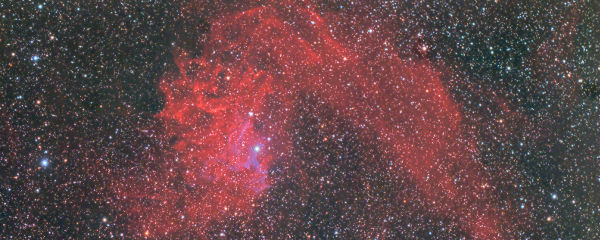What I’ve Learned:
“Ionizing radiation: Hide your electrons, ’cause they ionizin’ everybody out here.”
Science is hard. Even when something in science sounds straightforward, it usually isn’t.
And mostly it doesn’t sound straightforward at all. Even the names of scientific concepts are hard. Like “endoplasmic reticulum”. That’s just a jumble of Scrabble tiles, no matter how you break it down. Or “Schwarzschild radius”, which sounds like part of an equation you’d use to calculate how much cream cheese you’ll need for that bag of bagels you just bought.
But occasionally, science throws us a nomenclatural bone. Like “ionizing radiation”. Those words actually make sense; you can suss from the name that this is “radiation that ionizes”. Simple, right?
Weeeeeeell…
Start with ionization. An ion is an atom or molecule that has either more electrons or less electrons than you’d expect, given its properties like size and composition and pants size. Because electrons have a negative electric charge, that means this electron-lopsided thing also has a charge — positive if it’s missing electrons, negative if it’s hoarding them like some A&E channel reality show weirdo — and it’s called an ion.
With ionizing radiation — more on the “radiation” bit in a sec — electrons are not hoarded. They’re knocked off at (or near) the speed of light, chucked away like a Hefty bag on trash day. Or a kid out of Mom’s basement after graduation. Or John Travolta out of Hollywood after Battlefield Earth.
One way to think of the effects of ionizing radiation is that the resulting ion is still intact, more or less, but now it’s missing something. If you see a car without hubcaps or a fender lashed on with bungie cords, it’s still a “vehicle”, technically. It’s just a shitbox ion. A house with peeling paint and a hole in the roof remains a “dwelling” — but it’s a crapshack ion. Something’s missing. A little off. Busted.
So if you don’t want your precious atoms and molecules ionized — and you don’t — what sorts of radiation do you need to watch out for? Well, radioactive decay, for one. Whether it’s alpha particles, beta particles or high-energy delta-delta-delta-can-i-help-ya-help-ya-help-ya particles, they’re all ionizing radiation. Ditto for gamma rays, cosmic rays, X rays, ultraviolet rays and seemingly every other ray besides Rachel.
(Okay, that’s not precisely true. From an ionizing perspective, visible light rays, microwaves, infrared and even some ultraviolet rays are safe.
Also, Rachel Ray will probably eat you with her enormous mouth. Which isn’t “ionizing”, exactly. But it can’t be good.)
That’s what ionizing radiation is — but what does it do? Several bad things, and a couple of good. On the negative side, ionizing radiation can break chemical bonds, create free radicals and turn substances radioactive, among other things. Those effects are pretty bad for materials like metals and polymers and semiconductors, and really terrible for materials like you. In people and animals, high ionizing radiation doses cause radiation burns, DNA damage, chronic sickness, cancer and death. It’s no party.
On the other hand, ionizing radiation can be put to good use. The effects are critical for X-ray imaging, smoke detectors, some food sterilization, radiochemistry, medical tracers and lots of other applications. The key is to be careful, and balance dangerous exposures with practical use.
Also, don’t let Rachel Ray near any of the stuff. I don’t know what a dose of radioactivity would do to her — but I’ve seen Spiderman, and I do not want to find out.



